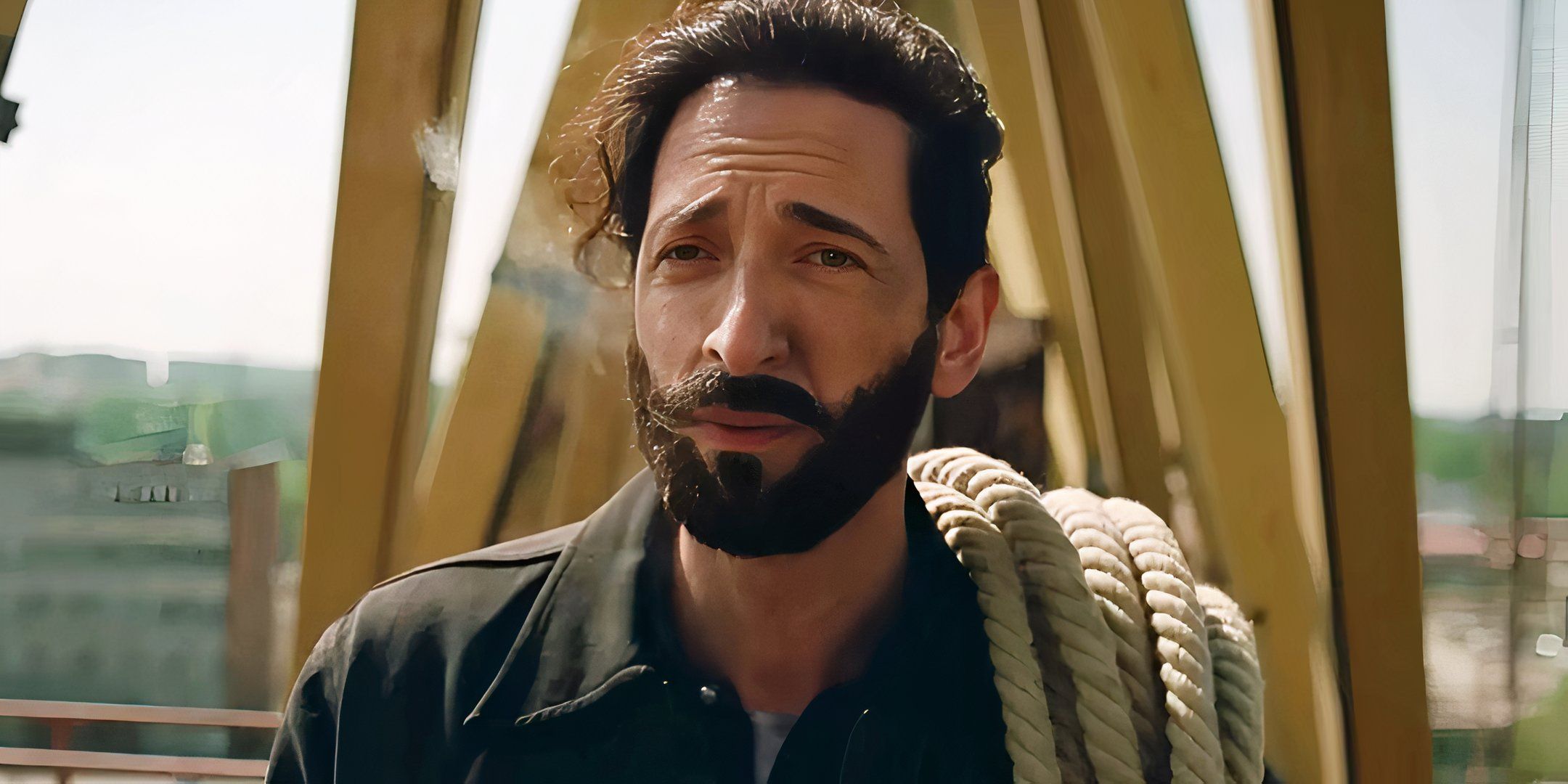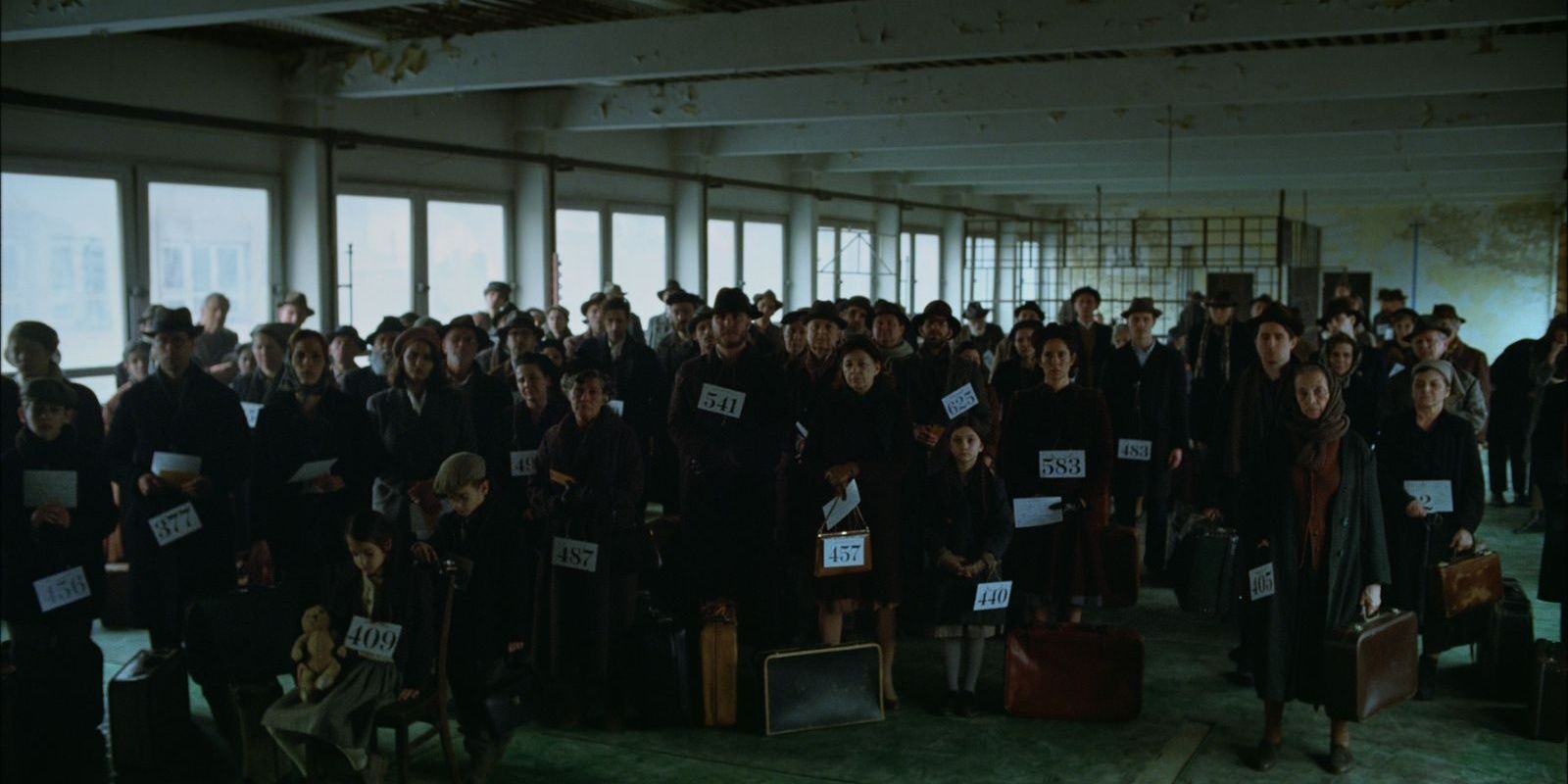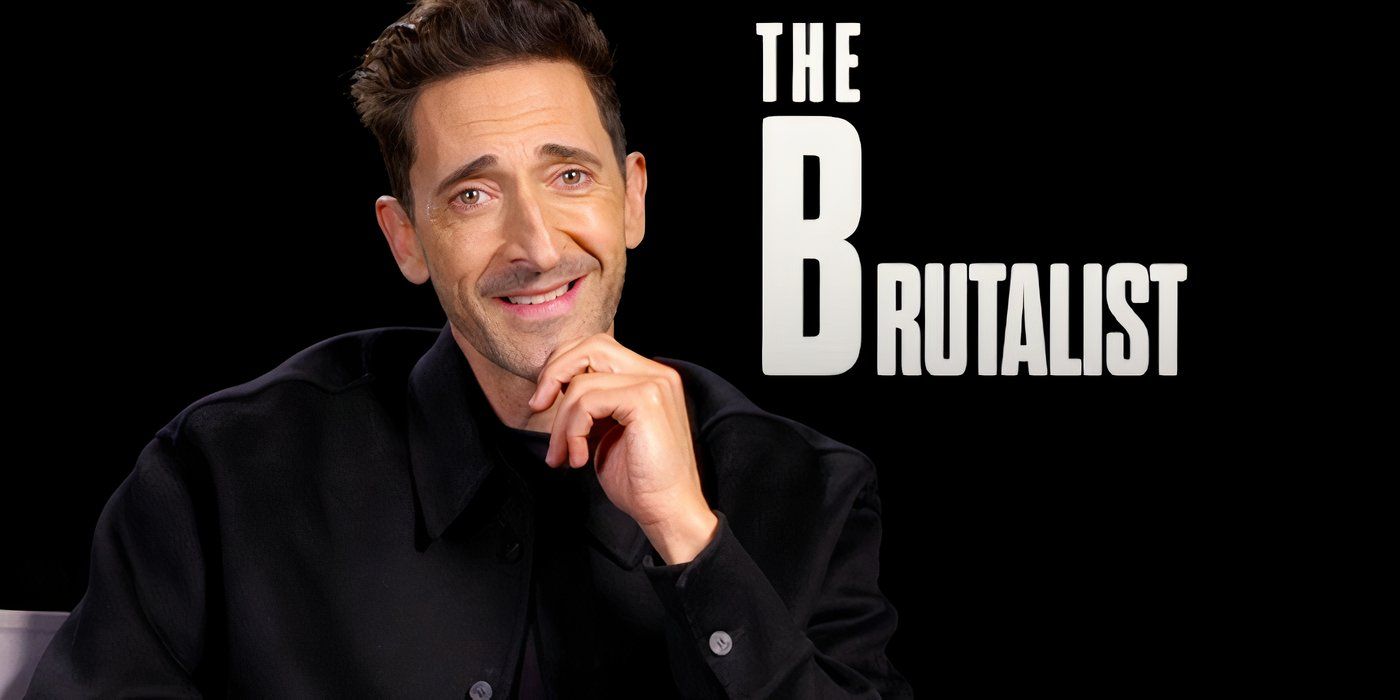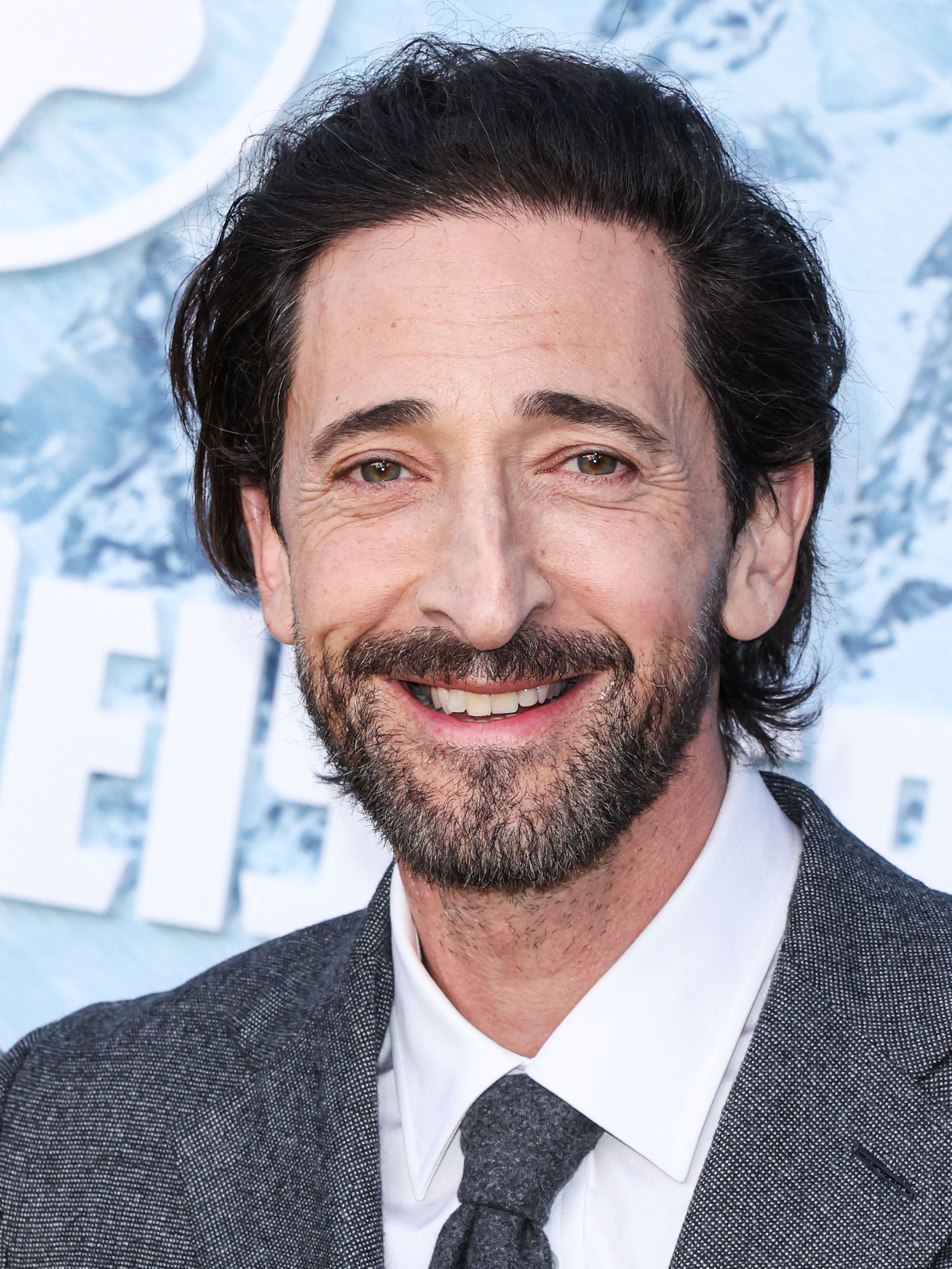The Brutalist
Brady Corbet’sThe Brutalistoffers an ending with dense thematic material to try out . Adrien Brody leadsThe Brutalist’scastas László Tóth , a Magyar - Judaic architect separated from his married woman during World War II . Hearrives in America and finds himself under the employ of Harrison Lee Van Buren , a wealthy humankind intrigue by Tóth ’s innovative architectural talent , who commission him to construct a landmark biotic community center in memory of his mother .
The motion-picture show ’s ending envision Harrison reach out to László to kick back off construction again . On their stumble to Italy , Harrison rapes a intoxicated László to demonstrate his power over him . This causes László to corkscrew , lashing out in anger at his friends and employees . finally , his wife Erzsébet runs out of medication , and László injects her with heroin to aid with the annoyance , causing her to overdose . She pull through , and they design to allow the res publica , but first , she confronts Harrison about what he did . At his home , Harrison disappears after being accused in front of family line and confrere .
Zsófia’s Final Speech In The Brutalist & What It Means Explained
Zsófia Celebrates The Accomplishments Of László Tóth
The Brutalist’sepilogue occurs in 1980 at a Biennale for László Tóth , parade his architectural workplace over the past two decades and observe his spirit . It ’s a shocking moment , given how desperate matters were becoming for him at the destruction of the film , but it seems like Erzsébet ’s trip back to Pennsylvania ended up being fruitful for his career . However , it ’s unreadable how exactly László became a renowned designer . The Van Buren residential area center is mentioned as one of his accomplishments , so he was credited for the workplace .
Adrien Brody ’s historical epic , The Brutalist , has garnered an telling Rotten Tomatoes scotch , making many wonder what makes the motion-picture show so incredible .
At the event , Zsófia gives a speech about László Tóth ’s life , summarizing her uncle ’s life history and demonstrate a side of his fibre that the audience has n’t really been forthwith acquainted with , as László has n’t shared the divine guidance for his body of work . She draw how his personal life act upon his creative process , inspiring different aspects of the residential district center . Notably , the interiors of the residential district eye were made to resemble the compactness camp László was subject to , meaning his hurt was developed into his study .
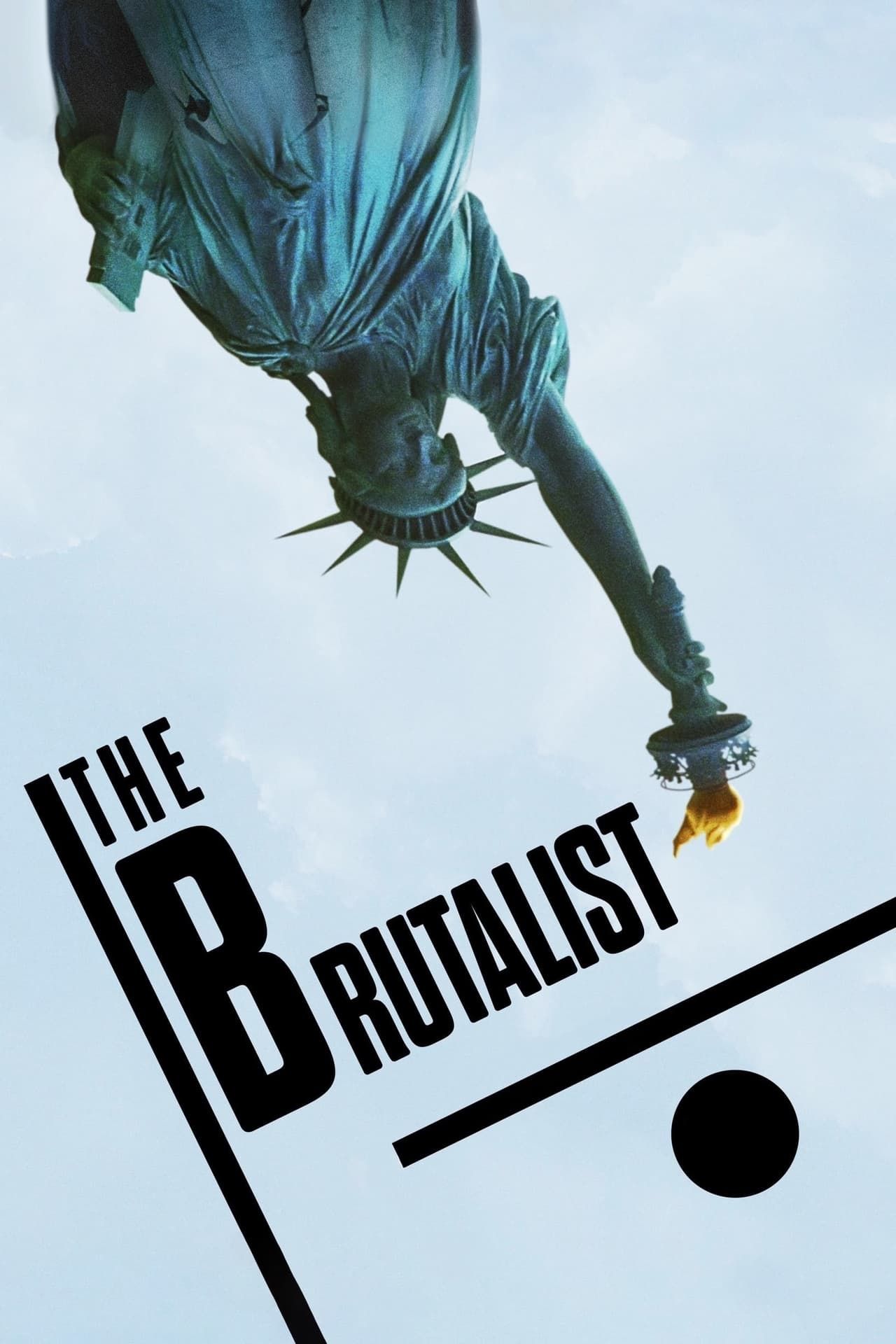
Her point is to suggest that László went through hell to accomplish his artistry , but the end result is ultimately what mattered .
There ’s one financial statement Zsófia makes that ’s utterly reflective of the narrative . She closes the speech saying,“No count what the others strain and trade you , it is the finish , not the journey . “Her point suggests that László sound through hell to achieve his art , but the end resolution is ultimately what matters . His personal life was continuously riddled with struggle and tragedy , yet he carry out whole caboodle that finally come to be value and admired .
What Happened To Harrison After Erzsébet Accuses Him
Harrison Disappears, Leaving His Fate Unknown
Harrison Lee Van Buren ’s fate is one of the strangest mysteries ofThe Brutalist’sending . Despite the grandness of his character to the narrative , after Erzsébet accuses him of violate László , he flees the scene . His son and family employee can not find him on the grounds , andthe film cuts away to the epilogue without dissolve his disappearance . Furthermore , the epilogue does n’t provide any more info regarding Harrison . Brady Corbet leave the decision to the spectator .
There are several matters regarding this prospect that can be speculate upon . As for Harrison ’s fate , it ’s potential that he kill himself or simply fled , cover from the shame and give to begin life afresh elsewhere . Another interesting detail in the scene is how his son , Harry , reacts . Harry is a portentous tool throughout the film ; this is the view where he shows actual desperation . away from his father being accuse of doing something frightening , he ’s horror-struck because he believe or knows it to be true .
Another scene in the film shows Harry walking up to Zsófia as she sits by the water in a swimsuit . He ask her if she ’d care to go on a stroll , but the scene cuts away before demonstrating what take place . The next meter they ’re show , Zsófia walk away from Harry , purposefully covering up where she was antecedently showing tegument . The film could imply that Harry attempted something . It ’s purely conjecture , but thiscould intimate either that Harry has develop these tendencies by mimicking his Padre or by experiencing them from his father .
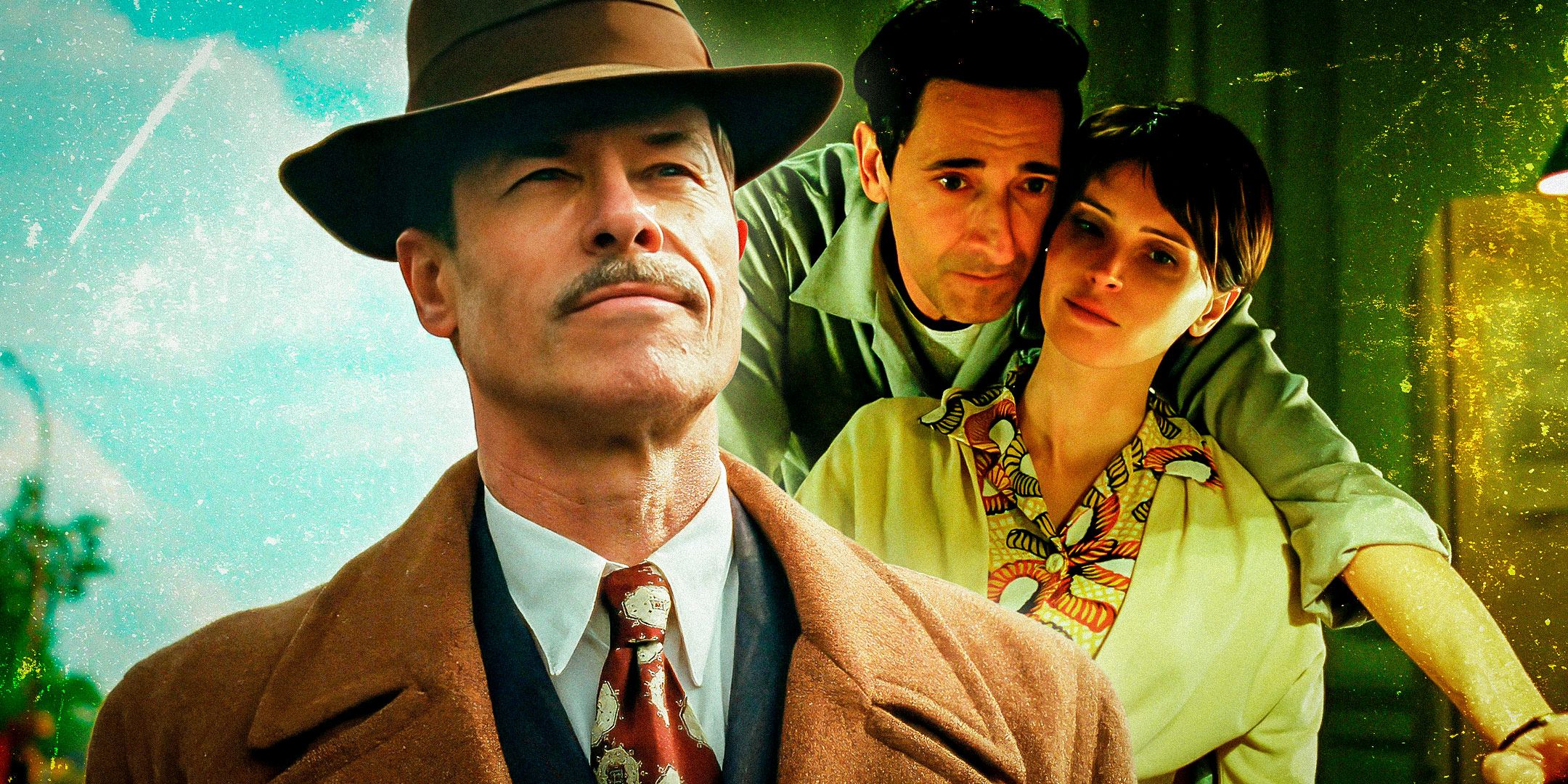
Custom image by Yailin Chacon
Did Erzsébet Die Before The Brutalist’s Epiloge?
Erzsébet Presumably Died Due To Her Osteoporosis
Erzsébet is n’t present in the epilogue , imply that she pass away sometime in the past twenty class . fortunately , she survived the overdose in 1960 , living long enough to move back to Europe with László . She had been diagnosed with osteoporosis in or around 1953 , likely touch her life expectancy . Though she was show walking on a stretcher toward the moving picture ’s closing , her condition chiefly was n’t shown to be improving over her seven years inThe Brutalist .
Was László Tóth A Real Architect?
László Tóth Is A Fictional Character
Adrien Brody ’s character , László Tóth , is an entirely fictional figure , though the film is so well - constructed that he feels animated . In an interview withCNN , Adrien Brody discuss how his own life helped tempt the creation of the character , tell , " I am fortunate to have an understanding of that immigrant experience and the many parallels of an creative person ’s journeying . " Brody ’s carrying into action , the writing from Brady Corbet and Mona Fastvold , and other talented artists involved in the project helped develop a fascinating material body to study .
The Real Meaning Of The Brutalist Explained
The Brutalist Examines The American Experience Of Immigrants And Artists
The Brutalistis a post - war epic that examines similarities between immigrant and creative person . László is both of these things , andnot only is he rejected for differing from the local anaesthetic in religion and culture , but he ’s also misunderstood as a originative . He ’s surround by Americans who ca n’t possibly realise any aspect of his liveliness and do n’t assay to try out . With that in mind , Harrison Lee Van Buren is emblematic of America in its most toxic shape : a capitalist who does n’t like to understand László ’s troth or even the art and yet desires to own it .
The Brutalist ’s leading man Adrien Brody details his collaborative relationship with director Brady Corbet and reflects on his 2002 Academy Award win .
To an extreme extent , Harrison apply his pauperism for power over László , even sexually assault him while reminding him that he is n’t hold out up to his full potency . Harrison is envious of László ’s creative genius , suggesting that his vast wealth has only resulted in a profoundly shallow existence . The Brutalistis ultimately László ’s portrayal , though , and the movie suggest that , irrespective of the tragic journeying , he reaches his goal , and the populace revels in his creation .
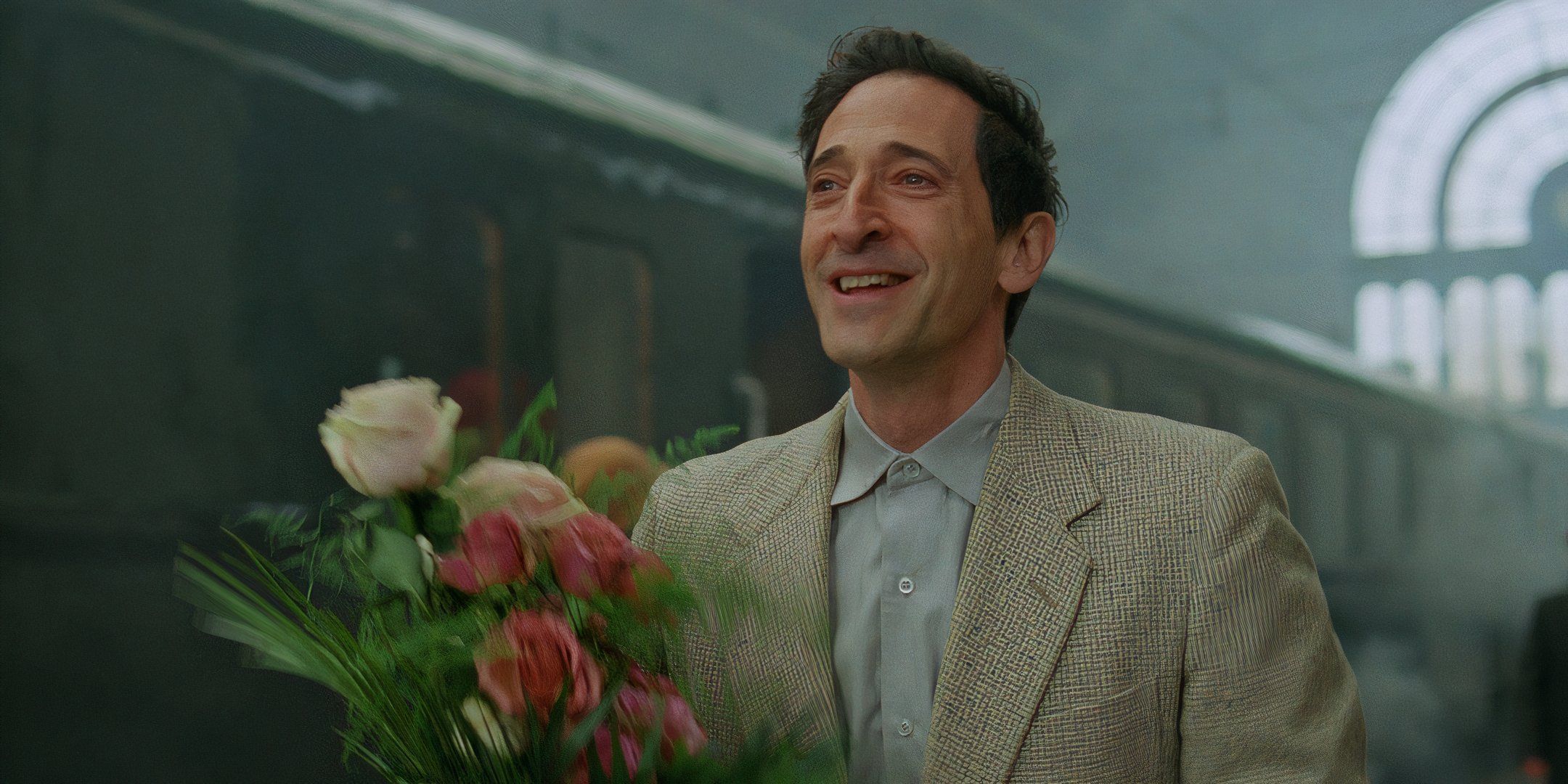
Architect László Toth and his wife Erzsébet flee Europe in 1947, seeking a fresh start in America. Their fate shifts after meeting a wealthy, enigmatic client.
How The Brutalist Ending Was Received
Fans Debated What The Final Scene Really Meant
OneRedditthread questioned whyThe Brutalistending occurred in Venice when the OP suggested that Israel would have made more sense with Zsófia rescue the speech to a Jewish consultation . However , when looking at this , Redditor JamarcusRussellsuggested , " It ’s not the journey it ’s the destination . That it ’s in Venice , a place thematically illogical with the repose of the movie , and that ’s we do n’t see him speak or line up out if they go to Israel , is of import . "
Another Redditor calledConstant - Pumpkiin-628suggested that the time - jump ending was something that bring into the idea of how club views history :
" It feels like the movie maker are holding up a mirror to our percept of the world around us . By skipping all that time and deny us a neatly solve conclusion — despite how much we ’ve clothe in the news report — it mirror how we often view history . We see the architecture and look up to its grandeur , but we give out to hold on the immense effort , struggle , and suffering that hold up into creating it . "
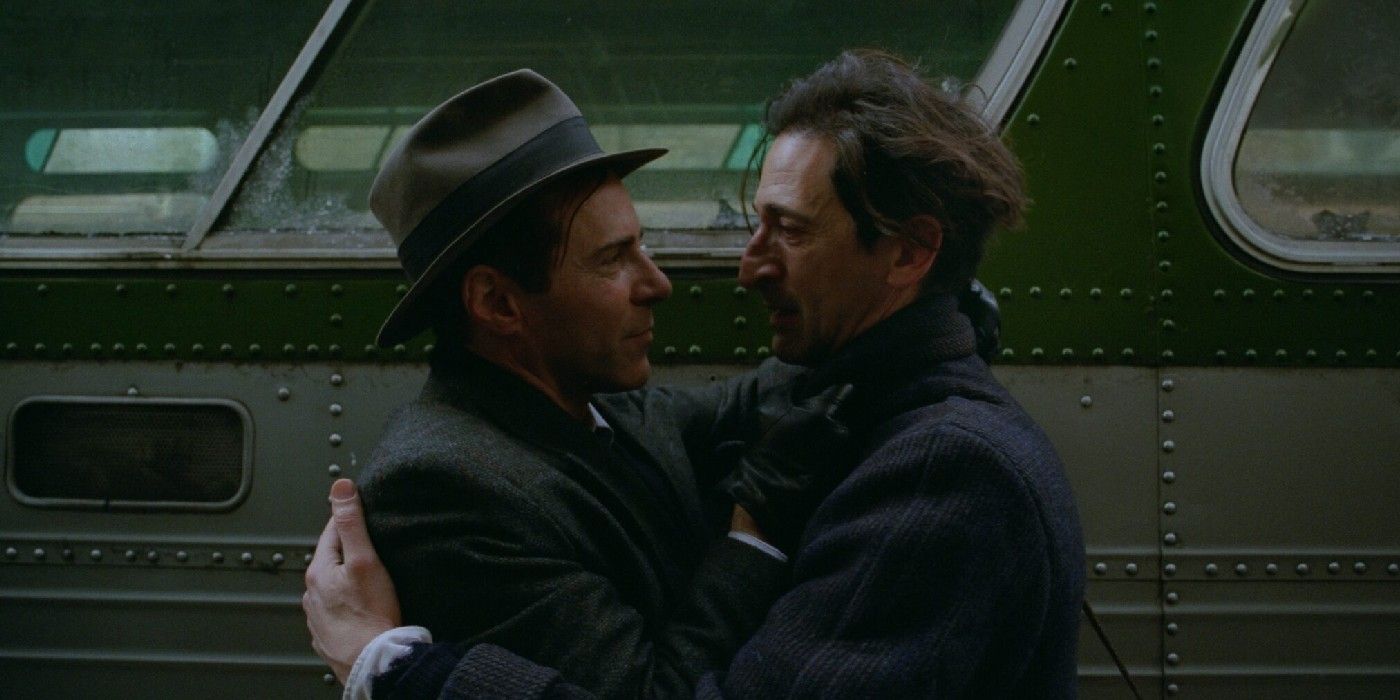
There was anotherRedditthreadwhere buff debated whatThe Brutalistending really meant . The OP publish that they saw the ending as a cocksure from an artist ’s point of view : " I expected to pass on the theater enraged , but then due to those last few minutes , I left it elated . Tóth and his work will be remembered forever , and that ’s all that matters . " However , others suggest that Zsófia spoke for Tóth , once again discase him of his agency . In the oddment , Redditor chesterT3 commented , " Corbet made the end ambiguous so that you may come to your own conclusions . "
Sources : CNN
Your Rating
Your comment has not been saved
Cast
Architect László Toth and his married woman Erzsébet flee Europe in 1947 , seeking a refreshful start in America . Their fate duty period after contact a moneyed , enigmatic client .


